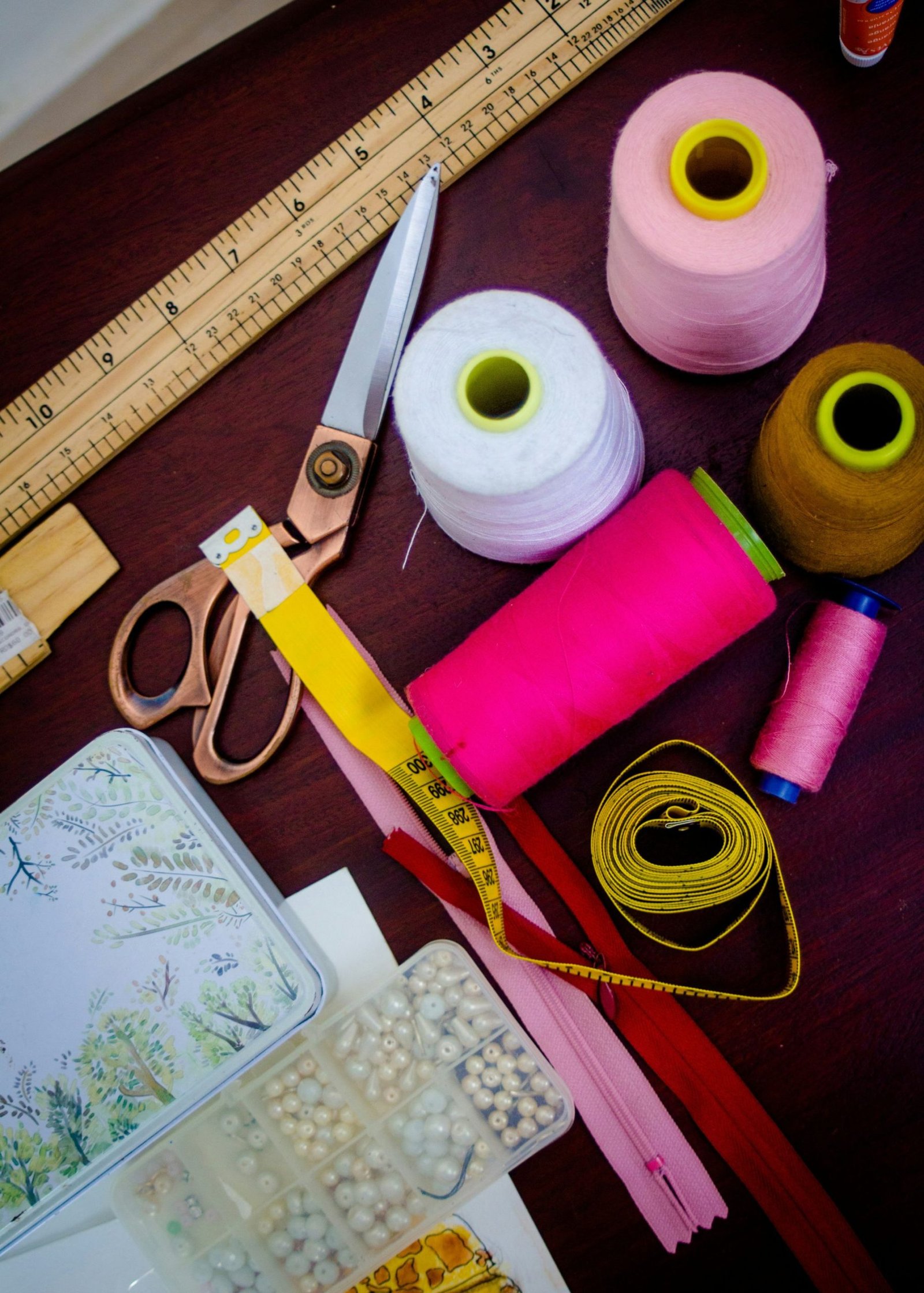
In a world driven by fast fashion and disposable trends, the concept of repairing and extending the life of our clothing is gaining momentum. Not only does it contribute to sustainable living, but it also offers a cost-effective solution to combat the constant churn of buying new garments. In this article, we’ll delve into the art of repairing clothing at home, exploring simple yet effective techniques that save money and contribute to a more eco-friendly wardrobe.
The Rise of Sustainable Fashion
As awareness about environmental sustainability grows, individuals are reevaluating their consumption patterns, including their approach to clothing. Sustainable fashion, with a focus on reducing waste and promoting ethical practices, has become a global movement. Repairing and upcycling clothing align perfectly with these principles, encouraging consumers to invest in quality pieces and cherish their wardrobe items for the long haul.
The Environmental Impact of Clothing Waste
The fashion industry is notorious for its environmental footprint, with tons of clothing ending up in landfills each year. Repairing clothing at home serves as a small yet impactful step towards reducing this waste. By extending the life of our garments, we not only decrease the demand for new production but also minimize the environmental impact associated with the disposal of old clothing.
DIY Clothing Repairs: A Step-by-Step Guide
Mending Small Tears and Holes
Small tears and holes are common issues that can be easily addressed with basic sewing skills. To mend such imperfections, start by aligning the torn edges and using a needle and thread to sew a simple running stitch. For added durability, reinforce the area with an additional layer of fabric or use an iron-on patch. This not only salvages the garment but also adds a unique touch to it.
Replacing Buttons and Fasteners
Missing buttons or broken fasteners can make a perfectly good garment unwearable. However, replacing them is a straightforward task. Keep a collection of spare buttons from old garments or purchase a set that complements your wardrobe. Use a needle and thread to securely attach the new button, ensuring it matches the original placement. Consider replacing the zipper slider or sewing in a new zipper altogether for broken zippers.
Patching and Upcycling
Embrace the art of patching to breathe new life into worn or torn clothing. Whether it’s a pair of distressed jeans or a faded jacket, strategically placed patches can transform the garment into a fashion statement. Upcycling goes a step further by repurposing old clothing items into entirely new creations. Turn a worn-out shirt into a stylish tote bag or transform denim scraps into unique accessories. The possibilities are limited only by creativity.
Darning Socks and Knitwear
Socks and knitwear are prone to holes, especially in high-friction areas. Darning is a technique that involves using a needle and thread to weave over the hole, creating a new fabric layer. Consider using matching yarn for knitwear to repair snags or holes seamlessly. Darning not only saves money on replacements but also adds a personal touch to cherished items.
Investing in Quality: A Preventative Approach
While repairing clothing at home is a valuable skill, a preventative approach begins with investing in quality garments. Opting for well-made, durable clothing may initially seem more expensive, but the long-term cost savings become evident as these items withstand the test of time. Quality garments are more likely to withstand the wear and tear of everyday life, ultimately reducing the frequency of repairs and replacements.
Sourcing Materials Responsibly
When engaging in DIY clothing repairs, it’s essential to consider the environmental impact of the materials used. Opt for sustainable and ethically sourced fabrics when purchasing patches or replacement materials. Repurpose old fabric scraps or garments for your repair projects, minimizing the need for new materials and contributing to a circular fashion economy.
The Emotional Value of Repaired Clothing
Beyond the financial and environmental benefits, a unique emotional value is attached to clothing that has been repaired or upcycled. Each mended tear, replaced button, or added patch tells a story of resilience and creativity. The connection between the wearer and the garment deepens, fostering a sense of appreciation for the effort invested in its preservation.
Building a Community of Repair Enthusiasts
The movement towards repairing and upcycling clothing is not solitary; it’s a community effort. Joining local or online communities of repair enthusiasts provides a platform for sharing tips, techniques, and success stories. Whether through social media platforms, workshops, or clothing swap events, participating in this community reinforces the importance of sustainable practices. It motivates individuals to continue their journey towards a more responsible wardrobe.
Teaching the Next Generation: Passing Down the Art of Repair
As parents embrace the art of repairing clothing at home, they have a unique opportunity to instill these values in their children. Teaching youngsters the basics of sewing, patching, and upcycling not only imparts valuable life skills but also cultivates an early awareness of the environmental impact of consumer choices. The act of repairing becomes a shared experience, strengthening parent-child bonds and creating lasting memories.
Weaving Sustainability into the Fabric of Daily Life
Repairing clothing at home is more than just a cost-saving measure; it’s a conscious choice towards sustainable living. By embracing the art of repair, individuals contribute to reducing clothing waste, minimizing their environmental footprint, and building a wardrobe that reflects a commitment to longevity over trends. As the movement towards sustainable fashion gains momentum, repairing clothing at home emerges as a timeless and empowering practice that weaves sustainability into the very fabric of our daily lives.






